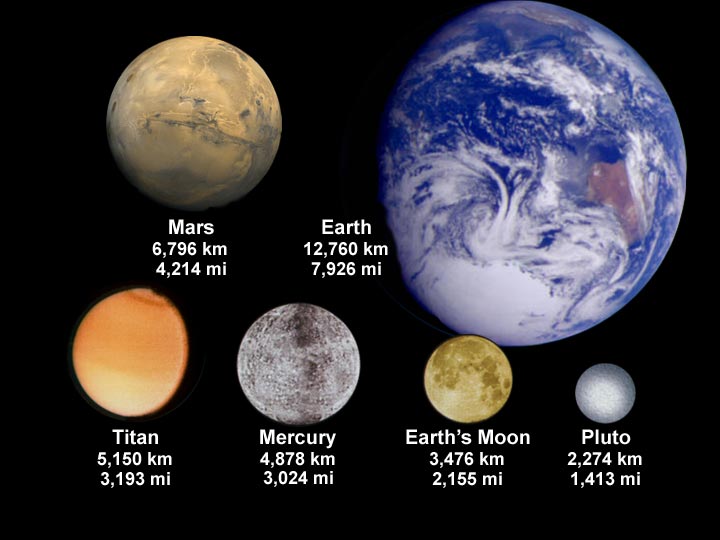

Titan receives about 100 times less energy from the sun than Earth, given it is roughly 10 times farther away. Scientists also hope to figure out from where the liquid methane on Titan originates. The unexpected chemistry in the lake could help scientists better understand the precipitation cycle on Titan, according to the researchers.

It contains a mix of methane and ethane, which differed from previous models suggesting ethane would prevail due to the lake's size and geographical position farther from the moon's poles. The composition of Kraken Mare surprised scientists, along with its depth. Scientists calculated sea depth by figuring out how long it took the radar signal to bounce back from the liquid surface and from the sea bottom, comparing the difference between these depths and taking into account the composition of the lakes' liquid, which absorbs some of the radar signal's energy. Cassini probed the moon's surface with its radar altimeter from about 600 miles (965 kilometers) away. Researchers also wanted to look at Ligeia Mare - the site of a mysterious " magic island" that regularly appears and disappears - and a smaller estuary called Moray Sinus, which the researchers estimated to be 280 feet (85 m) deep, about the equivalent of the Statue of Liberty's height. Kraken Mare was just one of the lakes on the mission's survey list for that flyby. 21, 2014, about three years before engineers deliberately threw the aging spacecraft into Saturn to avoid the small chance of accidentally contaminating the moon's surface. That sets Titan apart from the numerous moons in our solar system with tenuous exospheres or no atmosphere (like Earth's moon) and from the potentially life-friendly "icy moons" where water ice covers an internal ocean - such as on Jupiter's Europa or Saturn's Enceladus, which both spout water through the ice into space.ĭata on Kraken Mare was collected during Cassini's 104th flyby of Titan on Aug. Titan is also the only known moon in our solar system to boast a thick atmosphere - a gaseous nitrogen shroud, compared to Earth's mostly nitrogen-oxygen atmosphere. While Titan's chemistry is alien compared to Earth's, the moon's geography is reminiscent of swampy or lake-rich regions on our planet.

"Kraken Mare … not only has a great name, but also contains about 80% of the moon's surface liquids," study lead author Valerio Poggiali, a research associate at the Cornell University Center for Astrophysics and Planetary Science, said in a university statement.


 0 kommentar(er)
0 kommentar(er)
